LED Light Cost: How Much Should You Expect to Pay?
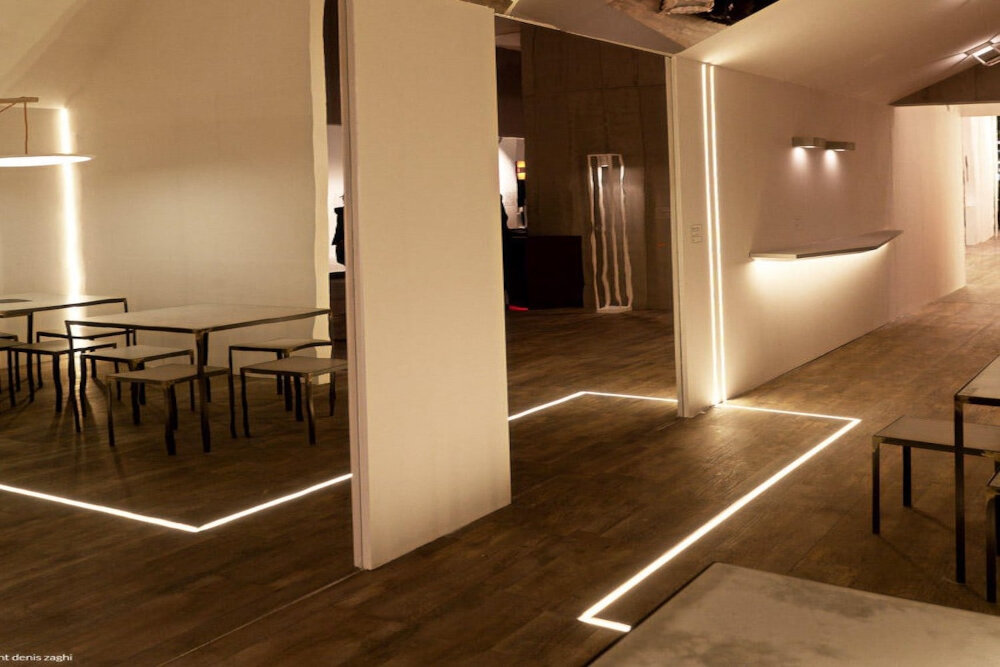
LED lights have become increasingly popular in recent years, thanks to their energy efficiency, long lifespan, and low maintenance costs. As a result, more and more people are making the switch from traditional incandescent bulbs to LEDs, both in their homes and in commercial settings. However, with this rise in popularity comes questions about the cost of LED lights. How much should you expect to pay for LED lights? What factors affect the cost of LED lights? And is the cost worth the benefits that come with LED lighting?The answer to the question of LED light cost is not a straightforward one. The price of LED lights can vary widely depending on a number of factors, including the type of bulb, the brand, and the retailer. Additionally, the initial cost of LED lights can be higher than that of traditional bulbs, which can be a deterrent for some consumers. However, it’s important to look beyond the initial cost and consider the long-term savings that come with LED lighting, such as lower energy bills and longer lifespan. In this article, we’ll take a closer look at LED light cost and explore the factors that contribute to it, as well as the benefits of making the switch to LED lighting.
LED lights, or Light Emitting Diodes, are a modern and energy-efficient lighting technology that has gained popularity in recent years. Unlike traditional incandescent bulbs, LEDs produce light by passing an electric current through a semiconductor material, which emits photons. LED lights have several benefits, including lower energy consumption, longer lifespan, and reduced heat emission. They are also available in various colors and designs, making them suitable for a range of applications, from home lighting to commercial and industrial use. While the initial cost of LED lights may be higher than traditional bulbs, their long-term cost savings and environmental benefits make them a smart investment for anyone looking to upgrade their lighting system.
Understanding the cost of LED lights is crucial for anyone who wants to upgrade their lighting system. The benefits of using LED lights are numerous, including energy efficiency, durability, and eco-friendliness. However, the cost of LED lights can vary depending on various factors such as the type of LED lights, the size of the installation, and the quality of the materials. By understanding the cost of LED lights, consumers can make informed decisions when selecting the right LED lights for their needs, and avoid overspending or settling for lower quality products. In addition, understanding the cost of LED lights can help consumers identify the potential long-term savings associated with energy efficiency and make the investment in LED lights a wise and financially sound decision.
Factors Affecting LED Light Cost
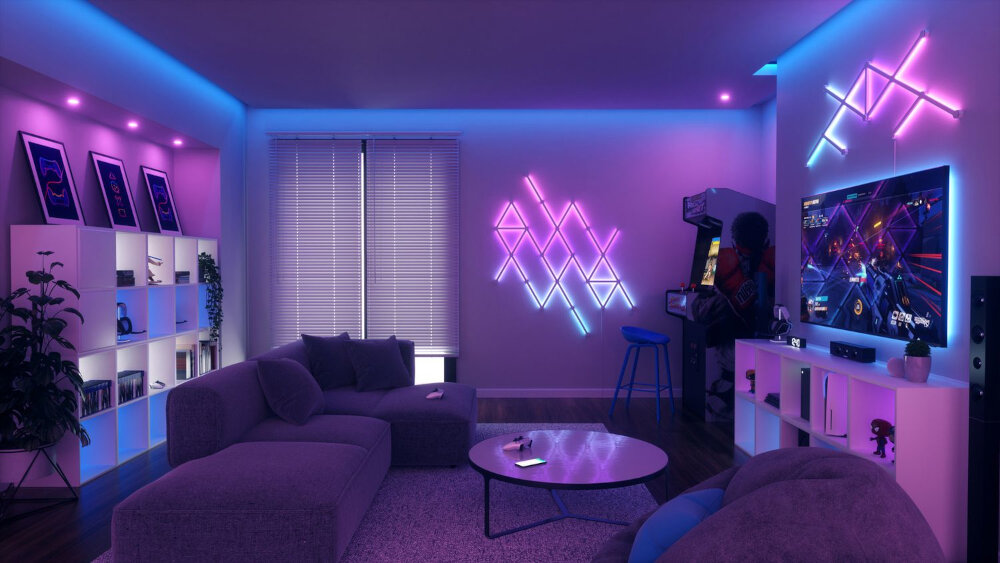
When it comes to LED light cost, there are several factors that come into play. The first and most obvious factor is the quality of the LED light itself. Higher quality LED lights are typically more expensive than their lower quality counterparts. This is because higher quality LED lights are made with better materials, have better construction, and are more durable. They also tend to have a longer lifespan, which means you’ll save money in the long run by not having to replace them as frequently. Additionally, higher quality LED lights are typically more energy-efficient, which means they’ll save you money on your electricity bill over time. Another factor that can affect LED light cost is the brand that you choose. Some brands are known for producing high-quality, long-lasting LED lights that are more expensive than other brands. However, it’s important to note that not all expensive LED lights are necessarily better than their more affordable counterparts. It’s always a good idea to do your research and read reviews before making a purchase to ensure that you’re getting the best value for your money. Other factors that can impact LED light cost include the size and style of the light, as well as any additional features or functionalities it may have. Ultimately, the cost of an LED light will depend on a variety of factors, and it’s important to consider all of them before making a purchase.
When it comes to LED lights, quality and brand are two essential factors that determine their cost. High-quality LED lights are usually manufactured by well-known brands that invest in top-of-the-line materials and cutting-edge technology to produce long-lasting, energy-efficient bulbs. These brands often offer warranties and customer support to ensure their customers are satisfied with their purchase. On the other hand, low-quality LED lights are often manufactured by unknown brands and may use subpar materials and technology, resulting in shorter lifespans and lower energy savings. While these bulbs may be cheaper initially, they may end up costing more in the long run due to their shorter lifespan and higher energy consumption. Ultimately, investing in high-quality LED lights from reputable brands is a wise choice that can save you money and energy in the long run.
Wattage and lumens are two important factors to consider when choosing LED lights. Wattage refers to the amount of energy consumed by the LED light, while lumens measure the brightness of the light emitted by the LED. While it may seem logical to assume that higher wattage means brighter light, this is not necessarily the case with LEDs. In fact, LEDs are much more efficient than traditional incandescent bulbs, meaning that a lower wattage LED can emit the same amount of light as a higher wattage incandescent bulb. Instead, it is the lumens that determine the brightness of the LED light. The higher the lumens, the brighter the light. Therefore, when shopping for LED lights, it is important to pay attention to both the wattage and lumens to ensure that you are getting the most efficient and effective lighting for your needs.
When it comes to LED lights, color temperature and dimming options are important factors to consider. Color temperature refers to the hue of the light emitted by the bulb, which can range from warm, yellowish tones to cool, bluish tones. This can have a significant impact on the mood and atmosphere of a room, so it’s important to choose a color temperature that suits your needs. Dimming options allow you to adjust the brightness of the light, which can be useful for creating different moods or for saving energy. Some LED lights come with built-in dimming options, while others require a separate dimmer switch. It’s important to consider both color temperature and dimming options when choosing LED lights to ensure that you get the right lighting for your space.
When considering the cost of LED lights, it’s important to factor in the lifespan and warranty. LED lights are known for their longevity, with some models lasting up to 50,000 hours or more. This means that while the initial cost may be higher than traditional lighting options, the long-term savings can be significant. Additionally, many LED lights come with warranties that range from a few years to a lifetime, providing peace of mind for the consumer. A longer lifespan and warranty not only save money, but also contribute to a more sustainable and eco-friendly lighting solution.
Average Cost of LED Lights
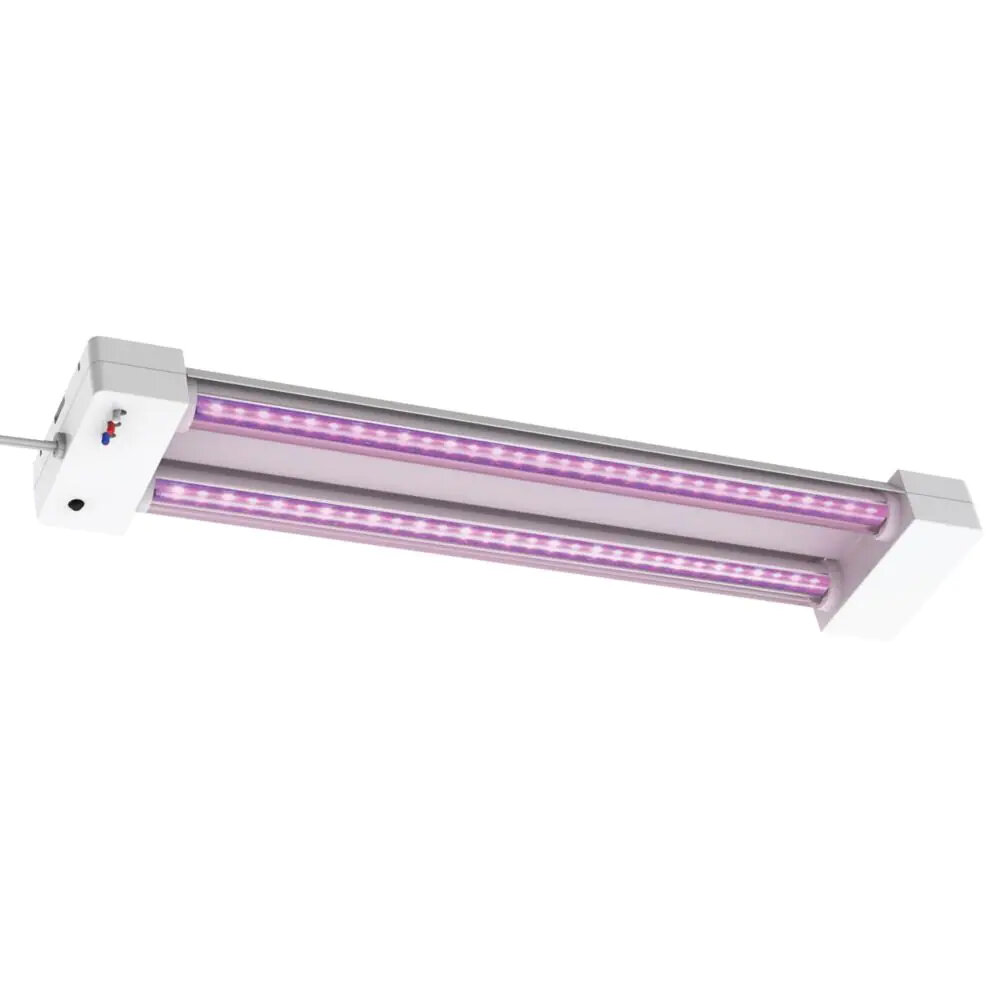
LED lights are considered to be a smart investment for those who want to reduce their electricity bills and contribute to the environment. The cost of LED lights has decreased significantly over the years, making them an affordable option for many households and businesses. The average cost of LED lights depends on various factors such as the brand, quality, wattage, and color temperature. However, on average, consumers can expect to pay between $5 to $20 per bulb. It is important to note that although LED lights may seem more expensive than traditional incandescent bulbs, they are more cost-effective in the long run due to their energy-efficient nature, which can save up to 80% on electricity costs. Additionally, LED lights have a longer lifespan, which means that they do not need to be replaced as often, resulting in further savings. Overall, the average cost of LED lights may be higher than traditional bulbs, but the long-term benefits outweigh the initial investment.
The cost of LED bulbs varies depending on the brand, type, and quality of the bulb. On average, LED bulbs range from $2 to $20, with some specialty bulbs costing more. While the initial cost of LED bulbs may be higher than traditional bulbs, they are more energy-efficient and have a longer lifespan, which can save you money in the long run. Additionally, LED bulbs are environmentally friendly as they consume less energy and produce less heat, reducing your carbon footprint. With the advancement of technology, the cost of LED bulbs has decreased over the years, making it a more affordable and practical option for households and businesses alike.
The cost of LED light fixtures can vary greatly depending on the type, brand, and quality of the product. In general, LED lights are more expensive upfront than traditional incandescent or fluorescent options, but they offer long-term cost savings through energy efficiency and longevity. High-quality LED fixtures with advanced features such as dimming and smart controls can be even more costly, but they offer added convenience and customization options. It’s important to consider not just the initial cost, but also the potential long-term savings and benefits when determining the value of LED fixtures.
The cost of LED lights has significantly dropped in recent years, making them a more affordable option compared to traditional lighting options. LED lights are more energy-efficient, which means they consume less power and have a longer lifespan, leading to reduced maintenance costs. Although the upfront cost of purchasing LED lights is higher than traditional lighting options, the long-term savings in energy bills and maintenance costs make them a cost-effective choice. Additionally, LED lights are eco-friendly, emitting less heat and producing less carbon emissions than traditional lighting options, making them an environmentally conscious choice for businesses and homeowners alike. Overall, while the initial cost of LED lights may be higher, their long-term benefits and cost savings make them a wise investment for those looking for a sustainable and cost-effective lighting option.
Cost Savings of LED Lights
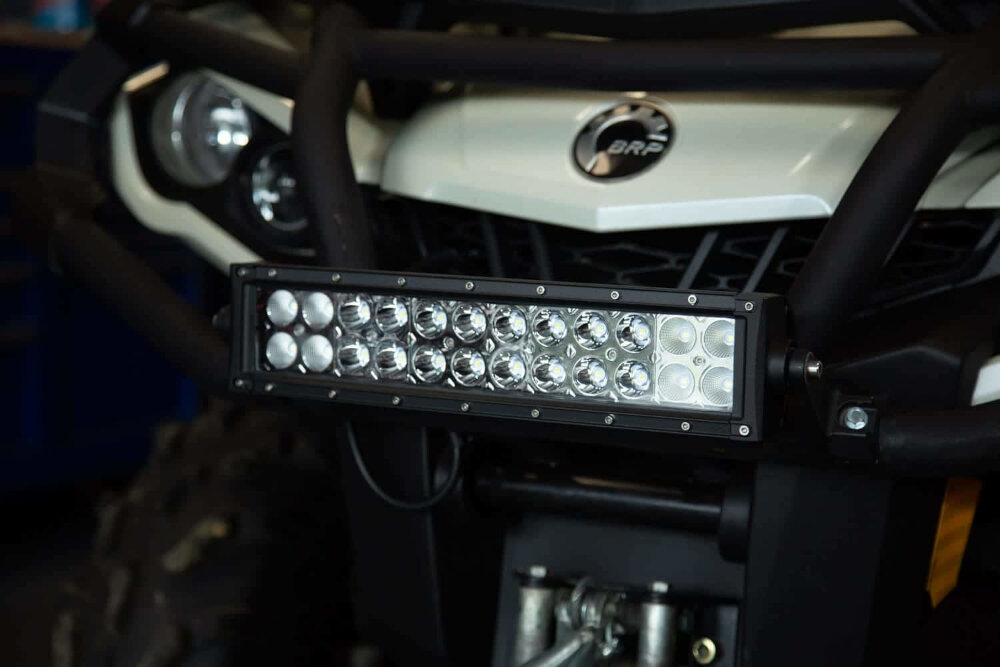
LED lights are becoming more popular as they offer a range of benefits for homeowners and businesses. One of the most significant advantages of LED lights is their cost savings. LED lights use significantly less energy than traditional incandescent bulbs, resulting in lower electricity bills. Additionally, LED lights have a longer lifespan than traditional bulbs, reducing the frequency of replacements and the associated costs. Although LED lights have a higher upfront cost, their long-term cost savings make them a worthwhile investment. Furthermore, LED lights are environmentally friendly, and their reduced energy usage results in a lower carbon footprint. Investing in LED lights can result in significant cost savings for businesses. LED lights have a longer lifespan than traditional bulbs, reducing the need for frequent replacements and the associated costs. Additionally, LED lights require less maintenance, which can save businesses time and money. Furthermore, LED lights are energy-efficient, resulting in lower electricity bills. For businesses, the cost savings of LED lights can add up quickly and have a significant impact on the bottom line. Ultimately, investing in LED lights is a smart choice for businesses looking to reduce their operating costs and improve their environmental impact.
LED lights have become increasingly popular due to their energy efficiency and longevity. While the upfront cost of LED lights may be more expensive than traditional lighting options, the long-term cost savings are significant. LED lights use up to 75% less energy and last up to 25 times longer than incandescent bulbs. This means that not only will you save money on your energy bills, but you will also save money on replacement costs over time. Additionally, LED lights do not contain hazardous materials like mercury, which can be harmful to the environment. The long-term cost savings of LED lights make them a smart investment for homeowners and businesses alike.
Energy efficiency is a critical factor that needs to be considered when it comes to purchasing LED lights. These lights are designed to be highly energy-efficient, meaning they consume less power than traditional lighting fixtures. By using LED lights, you can significantly reduce your electricity bills and save a substantial amount of money over time. The initial cost may be slightly higher than traditional bulbs, but the long-term savings are significant. Additionally, LED lights have a longer lifespan, which means you won’t have to replace them as often as traditional bulbs. Overall, investing in LED lights is a smart choice that will provide both financial benefits and reduce your carbon footprint.
When it comes to lighting solutions, LED lights are known for their energy efficiency and longevity. However, another benefit that is often overlooked is the maintenance and replacement cost savings. LED lights have a significantly longer lifespan compared to traditional lighting options, which translates to fewer replacements and maintenance costs over time. Additionally, LED lights require less maintenance due to their durability and resistance to damage from external factors such as vibration and shock. This means that businesses and homeowners can save money on both replacement and maintenance costs in the long run by investing in LED lights. While the initial cost may be higher, the cost savings over time make it a worthwhile investment.
Tips for Buying LED Lights
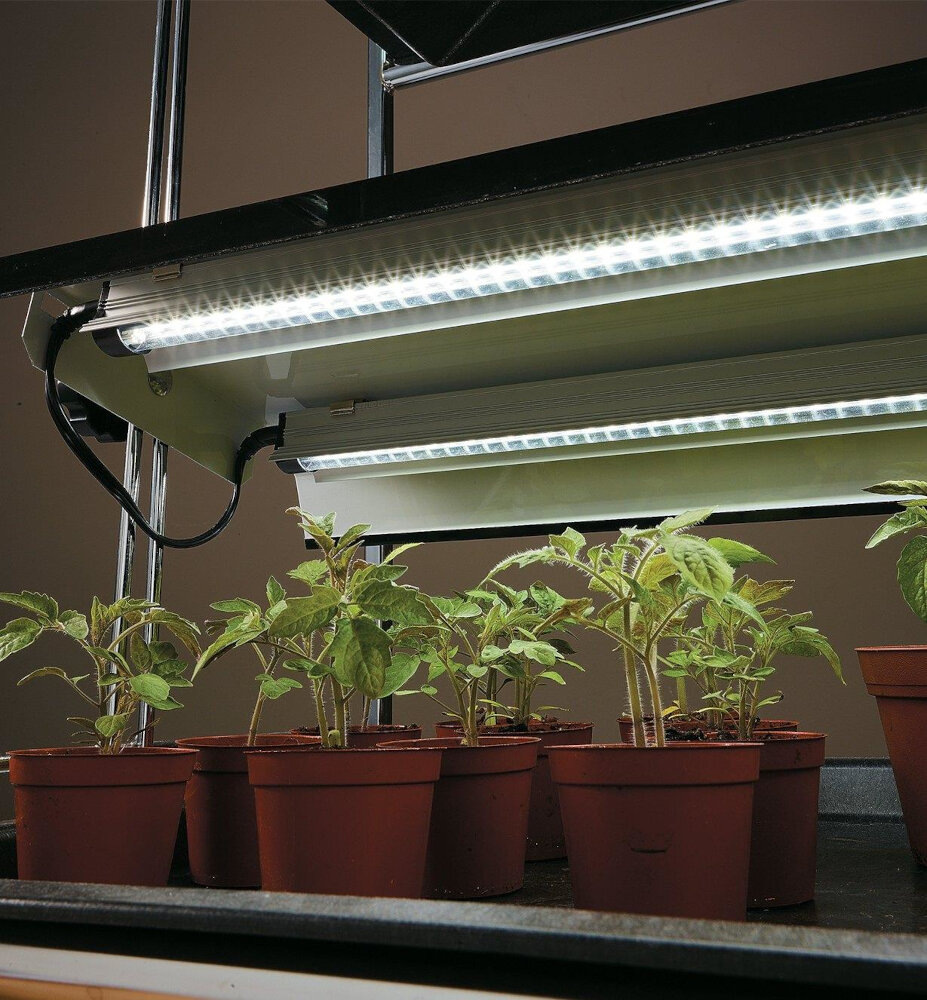
When it comes to buying LED lights, it’s important to keep a few things in mind to ensure you get the best value for your money. Firstly, always look for lights with a high Color Rendering Index (CRI). This refers to the ability of a light source to accurately represent colors, and a high CRI means that colors will appear more vibrant and true to life. Additionally, it’s important to consider the color temperature of the light. LED lights are available in a range of color temperatures, from cool white to warm white, and the right choice will depend on the intended use of the light. For example, cool white lights are better suited for task lighting, while warm white lights are ideal for creating a cozy and inviting atmosphere in living spaces. Another important factor to consider when buying LED lights is the lumens. Lumens measure the brightness of a light, and a higher lumen count means a brighter light. However, it’s important to strike a balance between brightness and energy efficiency, as brighter lights will generally use more energy. Look for lights with a high lumen count that are also energy efficient, such as those with an Energy Star rating. Additionally, consider the lifespan of the light. LED lights are known for their long lifespan, but it’s still important to check the manufacturer’s estimated lifespan to ensure you’re getting a good value for your money. By keeping these factors in mind, you can make an informed decision when buying LED lights and ensure you get the best value for your investment.
When it comes to purchasing LED lights, it is important to do your research and compare prices and quality before making a decision. While LED lights are generally more expensive than traditional incandescent bulbs, they are also more energy-efficient and have a longer lifespan. It is important to consider both the upfront cost and the long-term savings when deciding how much to spend on LED lights. Additionally, be sure to compare the quality of different LED lights and read reviews from other customers to ensure that you are getting a reliable and high-quality product. By taking the time to research and compare prices and quality, you can make an informed decision and save money in the long run.
When considering the cost of LED lights, it’s important to take into account the intended use and environment. For example, if you’re looking to light up a large outdoor space, you’ll likely need higher wattage bulbs that can withstand the elements. On the other hand, if you’re just looking to add some accent lighting to your home, lower wattage bulbs may suffice. Additionally, if you’re using LED lights in a commercial setting where they will be on for extended periods of time, you’ll want to invest in bulbs with a longer lifespan to avoid frequent replacements. Ultimately, considering the intended use and environment will help you make an informed decision on how much to spend on LED lights.
When shopping for LED lights, it’s important to consider energy efficiency. One way to ensure the energy efficiency of an LED light is to look for Energy Star ratings and certifications. The Energy Star program is a voluntary program established by the United States Environmental Protection Agency (EPA) that identifies and promotes energy-efficient products. Energy Star certified LED lights use up to 90% less energy than traditional incandescent bulbs and last up to 25 times longer. By choosing an Energy Star certified LED light, you can save money on your energy bills and help reduce greenhouse gas emissions.
In summary, the cost of LED lights can vary depending on several factors such as the type of bulb, brand, wattage, and color temperature. The initial investment of LED lights may be higher than traditional bulbs, but the long-term energy savings and lifespan make them a cost-effective option in the long run. When determining the cost of LED lights, it is important to consider the total cost of ownership, including the purchase price, energy savings, and replacement costs. It is also important to note that investing in high-quality LED lights may result in greater energy savings and a longer lifespan, ultimately providing a better return on investment.
When considering a lighting upgrade, it’s important to take into account the cost and savings associated with LED lights. While LED lights may have a higher upfront cost than traditional lighting options, the long-term savings can be significant. LED lights are more energy-efficient and have a longer lifespan, which can result in lower energy bills and reduced maintenance costs over time. Additionally, LED lights offer a higher quality of light and can improve the overall aesthetics of a space. By weighing the cost and savings of LED lights, businesses and homeowners can make informed decisions about their lighting needs and budget.
When it comes to purchasing LED lights, it is essential to make informed decisions to ensure that you get the best value for your money. There are several factors to consider, such as the color temperature, lumens, and wattage. It is also crucial to look at the quality of the LED light, as this can impact its lifespan and performance. While the initial cost of LED lights may be higher than traditional lighting options, they are more energy-efficient, which can save you money in the long run. Additionally, LED lights have a longer lifespan, reducing the need for frequent replacements. By taking the time to research and make informed decisions, you can ensure that you are getting the best LED light for your needs and budget.
Conclusion

In conclusion, when it comes to the cost of LED lights, it is essential to consider various factors such as the type of LED light, brand, and features. While the initial cost of LED lights may seem high compared to traditional lighting, the long-term benefits, including energy efficiency, durability, and cost savings, make it a worthwhile investment. Furthermore, with the advancement in technology and growing demand, the prices of LED lights are becoming more affordable, making it more accessible for households and businesses alike. Ultimately, the decision to invest in LED lights should be based on a thorough analysis of the cost-benefit ratio and personal preferences.



